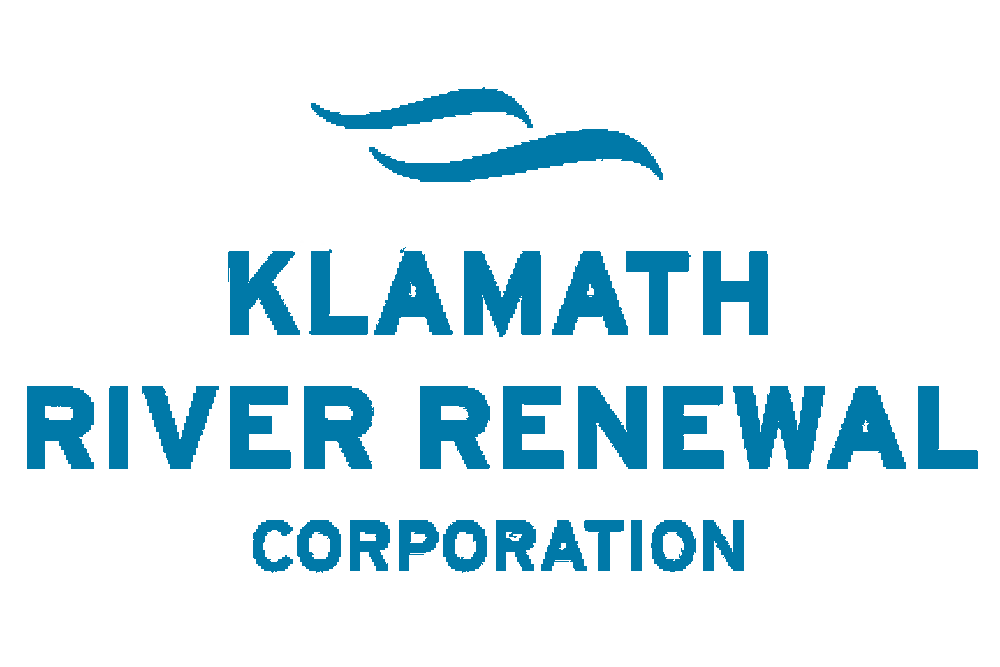FOR IMMEDIATE RELEASE
September 10, 2018
CONTACT: Molly Croll
(530) 840-7373
molly@klamathrenewal.org
KLAMATH BASIN – The Oregon Department of Environmental Quality (ODEQ) on September 7 issued its final Clean Water Act Section 401 Water Quality Certification for the removal of the J.C. Boyle Dam located in Klamath County, OR, determining that dam removal on the Klamath River is expected to improve water quality, restore a more free-flowing condition and benefit fish populations in the long run. Before issuing the final Certification, ODEQ conducted an extensive evaluation of the existing science on potential impacts to water quality and aquatic species from the proposed dam removal.
“ODEQ’s final Section 401 Water Quality Certification brings KRRC one step closer to fulfilling its mission of returning the river to a more natural state, improving water quality, and restoring fish passage,” said KRRC Chief Executive Officer, Mark Bransom. “This final Certification is a significant milestone for KRRC, as it is one of several major permits and approvals we require to proceed with dam removal.”
The Certification conditionally affirms KRRC’s dam removal project will comply with all water quality standards, limitations, and restrictions set by Oregon law and the federal Clean Water Act (CWA), which requires state governments to certify that anything released into the nation’s waters – including water releases from removal of a hydroelectric project – complies with water quality standards. The certification process included an open and transparent public review process to ensure all interested parties had an opportunity to provide input.
ODEQ stipulated certain mitigation measures and monitoring requirements KRRC must implement as conditions of the Certification. These include the development of plans for water quality management; measures to protect fish passage, suckers, and the western pond turtle; reservoir area management; remaining facilities and site restoration; erosion and sediment control; spill responses; waste disposal; and others. Throughout the project, KRRC will provide water quality monitoring data and all required compliance reporting to ODEQ.
The J.C. Boyle hydroelectric development is part of the Lower Klamath Project that also includes the Copco No. 1, Copco No. 2, and Iron Gate facilities in Siskiyou County, California. The ODEQ Section 401 Water Quality Certification specifically addresses the proposed actions located in Oregon. The California State Water Resources Control Board (SWRCB) will address the removal of the facilities located in California under a separate water quality certification. KRRC anticipates it will receive a final certification from the SWRCB in 2019. In addition, KRRC will require approvals from the Federal Energy Regulatory Commission (FERC) on its applications to transfer and surrender the dam licenses before it can proceed with dam removal. Those applications are pending.
A complete copy of the Certification is located at www.klamathrenewal.org/oregon-water-quality-certification/.
The Klamath River Renewal Corporation (KRRC) is an independent nonprofit organization founded in 2016 as part of the amended Klamath Hydroelectric Settlement Agreement (KHSA). KRRC is part of a cooperative effort to re-establish the natural vitality of the Klamath River so that it can support all communities in the basin. Signatories of the amended KHSA incude the states of California and Oregon, local governments, tribal nations, dam owner PacifiCorp, irrigators, and several conservation and fishing groups. KRRC was formed for the sole purpose of taking ownership of four PacifiCorps dams — J.C. Boyle, Copco No. 1 & 2, and Iron Gate – and then removing these dams, restoring formerly inundated lands, and implementing required mitigation measures in compliance with all applicable federal, state, and local regulations. KRRC’s work is funded by PacifiCorp customer surcharges and California Proposition 1 water bond funds.
KRRC values transparency and cooperation with all stakeholders and is committed to working with residents and governments to minimize any nuisance or negative impacts while enhancing the project’s local benefits.
